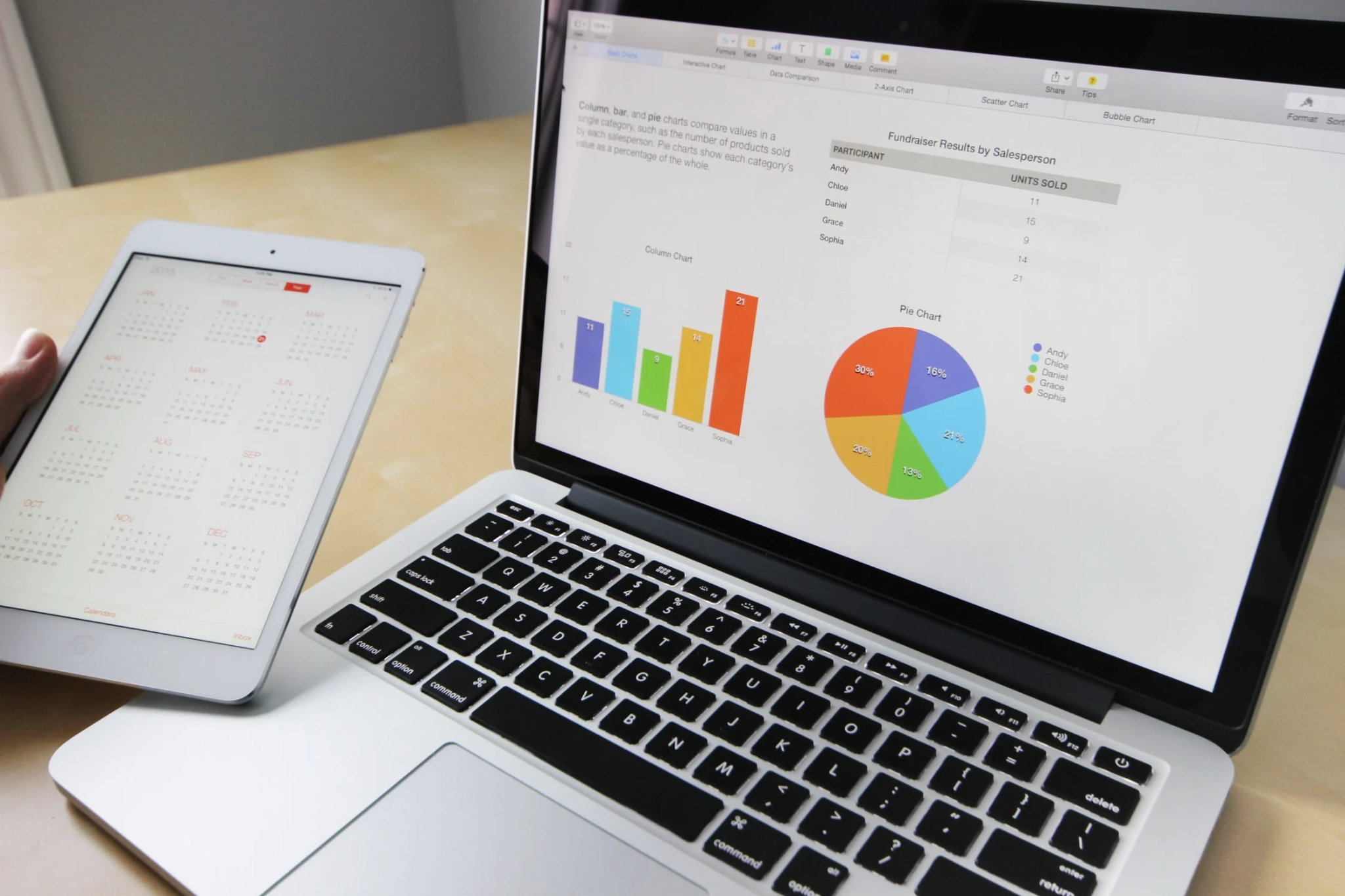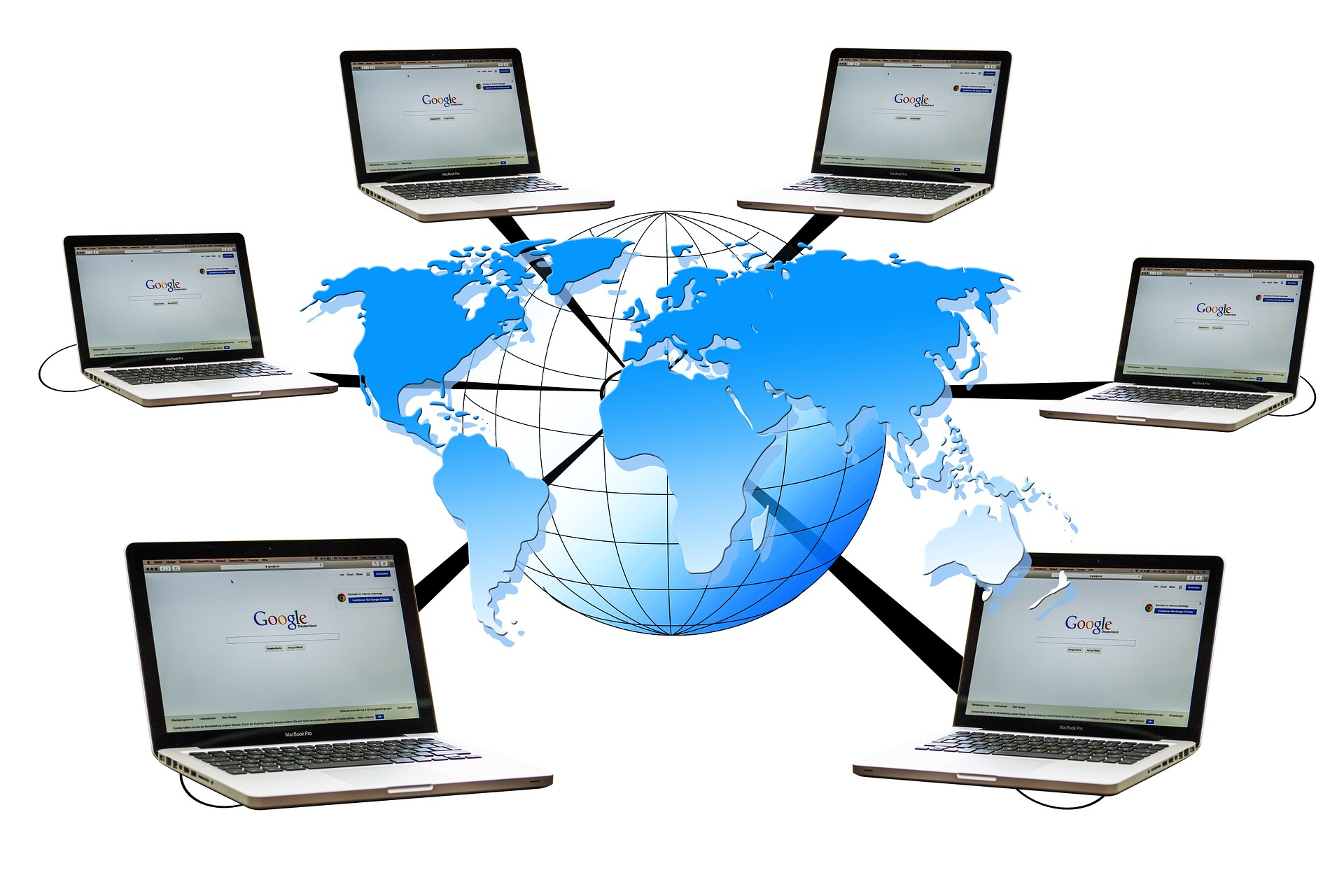Simply defined, a management information system (MIS) is a system that organizes data into one prime hub. This data helps in decision-making, coordination, analysis, and visualization. The study of the MIS revolves around processes, people, and technology in an organizational setting.
In this age of digitalization, organizations can no longer work in silos, and this fast-paced nature requires every business to have a system that enables work. An MIS helps managers generate reports for some special events and give them feedback about the performance of their teams. Through this system, management can supervise the entire company and compare actual results with the planned ones. Before we discuss some types of MIS, first, let’s discuss three main classifications of MIS.
Classifications of Information System
Operational Management
This information system includes transaction processing, automation systems for the office, knowledge management, and data handling. Employees and workers mostly use this to streamline operations daily.
Tactical Management
This is used by line managers who handle semi-structured data and includes management information systems.
Strategic Management
This type of system is designed for executives to handle unstructured data and includes a system to support decision-making.
The role of each kind of MIS system is critical for an organization, so the MIS or management information systems job growth has been on the rise across all types of organizations. Here’s the list of five MIS that every business needs to have to function effectively and operate optimally.
6 Types of Information Systems
Process Control
Process control is considered one of the essential types of MIS systems in a manufacturing organization. This system is helpful to monitor industrial processes of businesses such as assembly lines at automobiles, the process of petroleum, or the fabrication of metal. This type of system continuously gathers data and prepares reports on the system’s performance. The reports collected through this system assist the manager in evaluating process performance, identify specific types of occurrences over time and report any deviation in the production system. The information collected can be helpful for the safety of the workers, evaluating the efficiency of the system, and keeps the machinery in check.
Management Reporting System
With this type of system, management can acquire reports about the operations and finances of all levels within an organization. With the help of the Management Reporting System, a manager can compare the expected performance with the last year’s performance. Thus, such a system can help a manager evaluate their performance and improve its performance. The insights obtained through the report are crucial for top management to compare financial results and operational efficiency whether they are in line with the company’s goal.
Knowledge Management System (KMS)
A knowledge management system (KMS) is central to the organization’s ability to function without lags in information flow and knowledge management constantly. With the KMS, a business can store, extract information quickly to help teams function collaboratively and effectively to complete tasks. Some of the documents found in a KMS include training resources, company policies and procedures, dispute resolution, and answers to customers’ queries. A KMS can be crucial for all stakeholders related to an organization that includes management, employees, customers, suppliers, distributors, etc.
Inventory Control
People usually think of finished goods when it comes to inventory, which is true, but not a complete answer. Inventory of a system comprises raw materials, work in progress, final goods, spoilage, theft, etc. Similarly, the company’s management has set limits when the stock needs to get replenished for both inside stock for the company’s manufacturing purposes and outside stock at retailers. An inventory management system is one of the most important types of systems. It helps companies track warehouse inventory, inventory shifted to other stores, and items sold and returned. For a manufacturing firm, goods stored are like cash. Hence they need to be monitored constantly by a system.
Sales and Marketing
For some companies, the budgets allocated for marketing campaigns tend to be bigger than productions and other activities involved in the business. Thus, effective monitoring of various marketing and sales functions becomes critical, that includes:
- Sales projected figures
- Quality check and improvement
- Distribution networks
- Effectively applying Advertising, Public Relations, and Sales promos.
- Trade discounts, Pricing, and Advertising.
These reports help identify which products meet or exceed sales targets and which ones are not retail stores.
Office Automation and Collaboration system
This type of system helps the management to control the flow of information across the organization. Office automation information systems can help managers of a department communicate with managers of other departments and be useful for employees to communicate with each other using a device. The media devices comprise cell phones, multimedia, landline phones, email, intranet, voice messaging, video conferencing, and data transferring. An HR system might include hiring and onboarding employees, payroll, benefits, keeping track of employees’ attendance, compliance, and other HR policies.
Conclusion
In this era of digital transformation of businesses around the world, no company can survive without agility, operational controls, quick communications within & between departments, and access to helpful information for employees. A management information system helps an organization achieve them all at minimal costs. The five information systems described above incorporate all essential functions that can make or break an organization.















